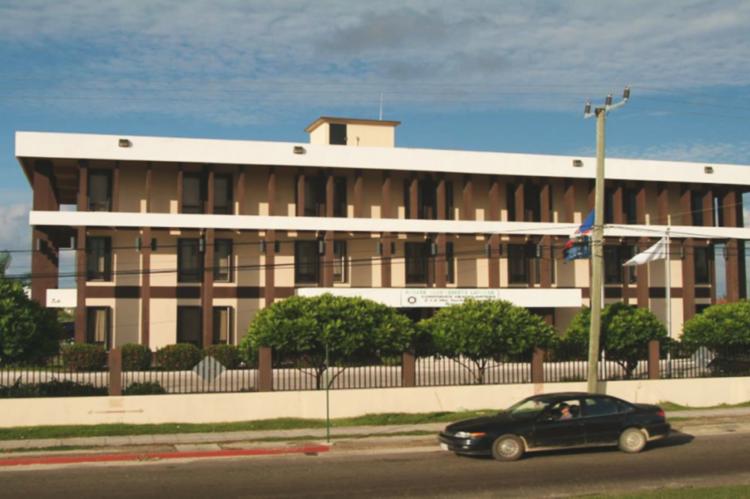“From Dependence to Dynamic Pricing: How BEL’s Decades of Short-Term Thinking Now Threaten Consumers”
By: Omar Silva I Editor/Publisher
📰 NATIONAL PERSPECTIVE BELIZE
Belize City: Wednesday 2nd July 2025
For decades, Belize Electricity Limited (BEL) has proudly proclaimed its mission to keep the lights on at fair rates for the Belizean people. But behind that carefully crafted message lies a stark reality that most Belizeans are never told: BEL remains heavily dependent on Mexico’s power grid, and the consequences of that dependence are about to hit home in your monthly bill.
Decades of Avoidance, One Big Reckoning
BEL’s predicament did not arrive overnight. Successive governments and BEL boards, including the current board chaired by prominent attorney Andrew Marshalleck—a high-profile ally of the PUP administration—have sidestepped the tough decisions needed to build true energy independence.
Instead of investing consistently in modern renewable generation, battery storage, or local gas turbines, BEL has relied on a stopgap solution: buy more electricity from Mexico, year after year.
This approach worked—until it didn’t.
Climate Change and the Heatwave Price Shock
The record heatwaves of the last two years sent Belize’s electricity demand soaring beyond anything Mexico could easily supply. With supply tight, prices spiked to record highs. BEL was forced to buy this expensive power but continued selling it to you at old, artificially low rates fixed by regulators.
Result: a $9.7 million loss in 2024, and by mid-2025, an even deeper hole that reached $16 million in deficit, climbing monthly.
Marshalleck puts the blame squarely on climate change and insists BEL cannot keep absorbing these costs indefinitely.
Two Unpopular Choices: Rate Hikes or Dynamic Pricing
In response, BEL approached the Public Utilities Commission (PUC) last month with a stark ultimatum:
- Either raise the average price per kilowatt-hour from 40 cents to 43 cents starting in January 2026—an increase of nearly 8%—or
- Approve an entirely new system called dynamic pricing.
Dynamic pricing sounds innocuous, even modern. But it’s a model that many fear will hit working-class Belizeans hardest.
Under dynamic pricing, the cost of your electricity fluctuates in real time, sometimes hour by hour. Run your washing machine in the mid-day heat? Expect a far higher rate than if you did your laundry at midnight.
While proponents argue this encourages efficiency, in practice it shifts all the risk of price spikes onto consumers—many of whom have no realistic flexibility to delay chores or air conditioning.
Why Didn’t BEL Build Independence?
BEL’s explanation is that prices have been kept too low to recover the funds needed for big investments in local generation. But this argument leaves out one uncomfortable fact: Belizean politicians have repeatedly chosen to make cheap imports a crutch rather than pursue a bold, self-reliant energy policy.
Every administration promised to end dependence on Mexico. None delivered.
Who Profits? Who Pays?
Equally troubling is BEL’s lack of transparent reporting about profits returned to the government. As part-owner of BEL, the Government of Belize collects dividends and benefits from its returns—but Belizeans rarely see clear statements of:
- How much revenue BEL generated after costs.
- How much was sent to the public purse.
- How much was reinvested in generation.
This opacity must end.
Dynamic Pricing: The Future or a Trap?
Chairman Marshalleck points out that dynamic pricing works in the US and Europe, where consumers have smart meters, affordable off-peak options, and robust protections for vulnerable households.
But Belize has none of those safeguards yet. If implemented without clear rules and oversight, dynamic pricing could quickly become a stealth tax on the poor while shielding BEL from any accountability for its own planning failures.
A Tipping Point for Belize’s Energy Future
The choices made in the next six months will shape Belize’s electricity sector for the next 30 years. Will BEL finally invest in local generation and grid modernization? Or will it continue the cycle of import dependency, shifting ever-higher costs onto families and businesses?
The public deserves real answers—and a real plan—not just another round of excuses.
- Log in to post comments


